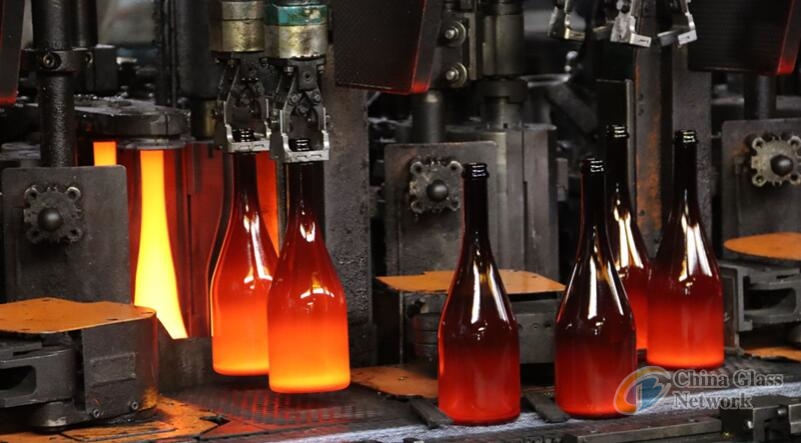Post Time:Apr 27,2023Classify:Industry NewsView:1105
MEP Frédérique Ries visited Saverglass’s factory in Wallonia, Belgium, to see the affect the proposed revision of EU Packaging and Packaging Waste (PPWR) rules could have on local businesses.
� �
�
As attention in Brussels turns to the proposed revision of the PPWR rules, MEP Frédérique Ries, a leading lawmaker on the PPWR proposals, visited Saverglass’s container glass factory in Ghlin, Wallonia to gain an insight into the industry.
MEP Ries (pictured below) is a rapporteur of the Committee on Environment, Public Health and Food Safety (ENVI) – the committee leading the PPWR through the European Parliament. The visit offered her a first-hand view of the container glass industry’s role in driving a circular local economy through its offer of designs that deliver on sustainability, quality, and branding needs as well as closed loop recycling.

The visit comes as EU policymakers get set to debate the European Commission’s proposed PPWR revision, where proposals to limit creative design possibilities will force standardisation on the market, posing risks to the business of both European container glass factories and their customers.
The European container glass industry supports the PPWR’s ambition to reduce waste and create a truly circular economy, but has previously raised concerns that certain elements within the proposal – such as packaging minimisation criteria that does not allow for product design in the weight of a container, or allow brands to market their products through distinct packaging designs if they add weight – are likely to threaten the successful business model of factories like Saverglass’ Ghlin facility.
Commenting on the impact the proposed regulation risks having on Saverglass’ operations, Saverglass President Jean Marc Arrambourg said:
“The focus on weight reduction rather than waste reduction is problematic. As a company, we deliver value for both our customers and local communities by producing creative, high-precision glass containers that are fully recyclable.
“Packaging does more than just contain and protect products; it also helps shape a brand’s identity and often evokes cultural heritage and identity. By threatening a wave of packaging design standardisation, the proposed Packaging and Packaging Waste Regulation puts our current business model and, by extension, places the value we deliver to the real economy at risk.”
Adeline Farrelly, Secretary General of FEVE, commented on the revised PPWR’s potential impact on European industry more widely:
“Some of the proposed measures in the revised Packaging and Packaging Waste Regulation would have strong negative repercussions by limiting the availability of packaging and by extension the consumer goods they are packed in.
“This risks damaging the reputation, competitiveness and profitability of European industry and would significantly harm the glass industry. Despite increasing challenges in recent crisis times, our factories have remained resilient in face of exceptionally high market demand, providing a health-conscious and circular packaging that ensures continued supply of essential products to consumers.”
In January 2023, based on the latest available figures, the container glass industry recorded its highest ever production levels, producing 42.3 billion glass containers for critical European sectors in the first half of 2022. The industry met this record-high customer demand despite challenges such as the continued impact of the COVID-19 pandemic and extreme energy prices.
As it stands, Europe’s container glass manufacturers support a total of 125,000 direct and indirect jobs. The annual exports of products packed in glass containers account for €250 billion, giving a strong boost to Europe’s balance of trade.
However, despite this wide-reaching impact, the container glass industry is still highly localised, with factories and other sites embedded in local communities that use local raw materials, together with as much recycled content as is available, in the creation of reusable and endlessly recyclable glass packaging.
Source: glass-internationalAuthor: shangyi